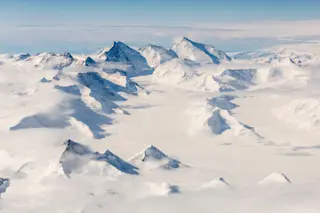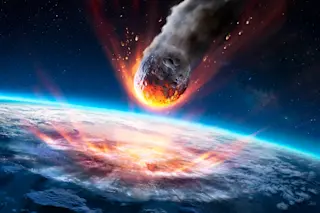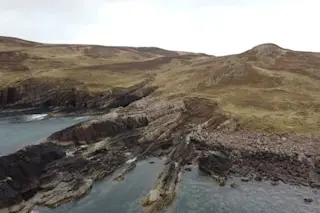Lava flows from the Columbia River Basalts (likely close to 30 meters tall), seen near the shores of the Columbia River. Image: brewbooks / Flickr. One of the favored topics of a lot of science media is some of the largest of all volcanic activity on Earth -- flood basalt provinces (see below). These provinces are vast swaths of land that cover up to hundreds of thousands of square kilometers with tens to hundreds of meters of basalt -- the most famous examples are places like the Columbia River Basalts or the Siberian Traps. When these provinces formed, they potentially played a dramatic role in regional and global climate -- however, what they aren't are a single volcanic event. I saw a headline today from Discovery News that called the Siberian Traps "The Deadliest Volcano Ever". This is a fundamentally flawed idea -- flood basalt provinces are made of thousands ...
Stop Calling Flood Basalt Provinces a Single "Volcano" or "Eruption"
Explore flood basalt provinces and their significant geological impact, including the Columbia River Basalts and Siberian Traps.
More on Discover
Stay Curious
SubscribeTo The Magazine
Save up to 40% off the cover price when you subscribe to Discover magazine.
Subscribe












